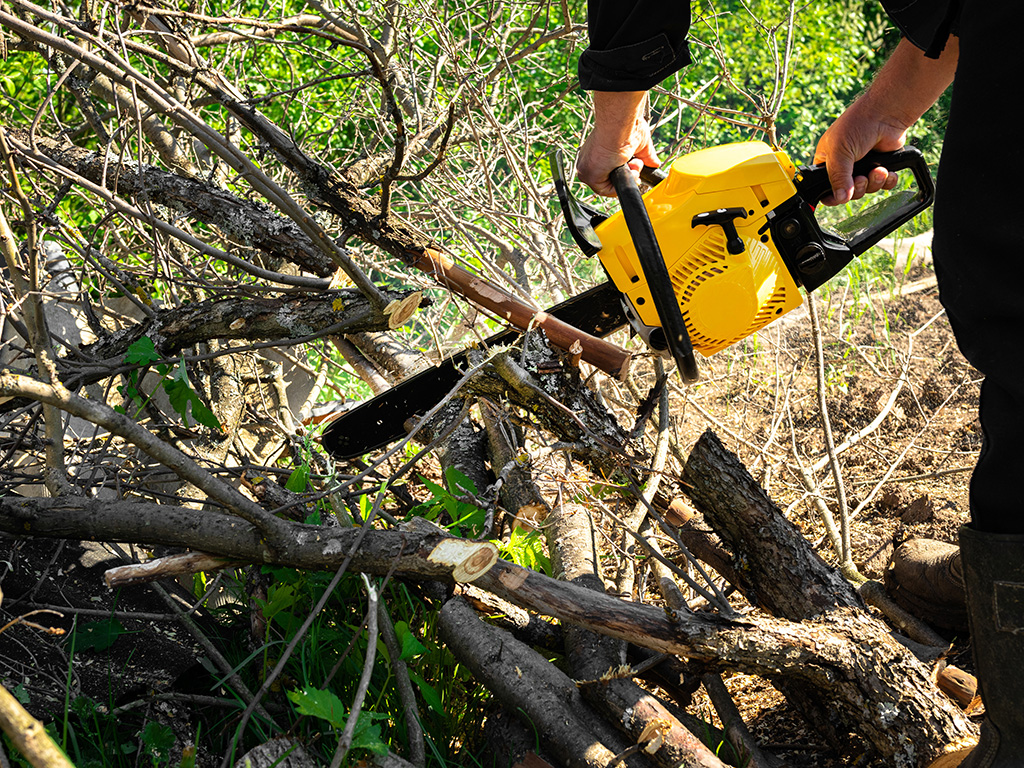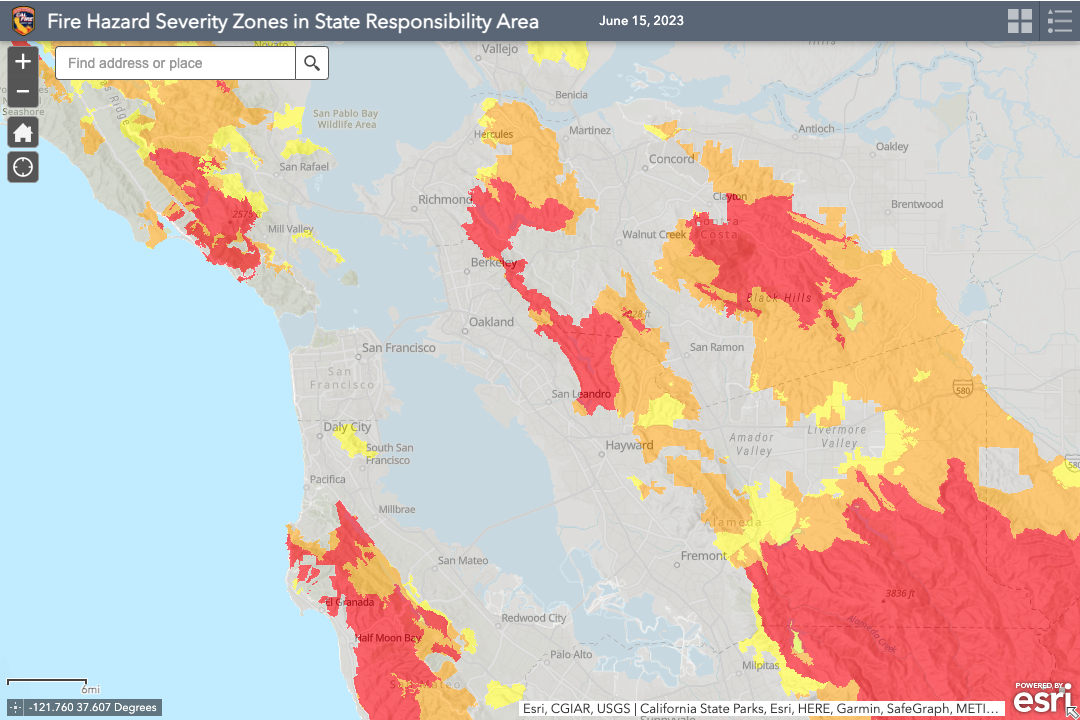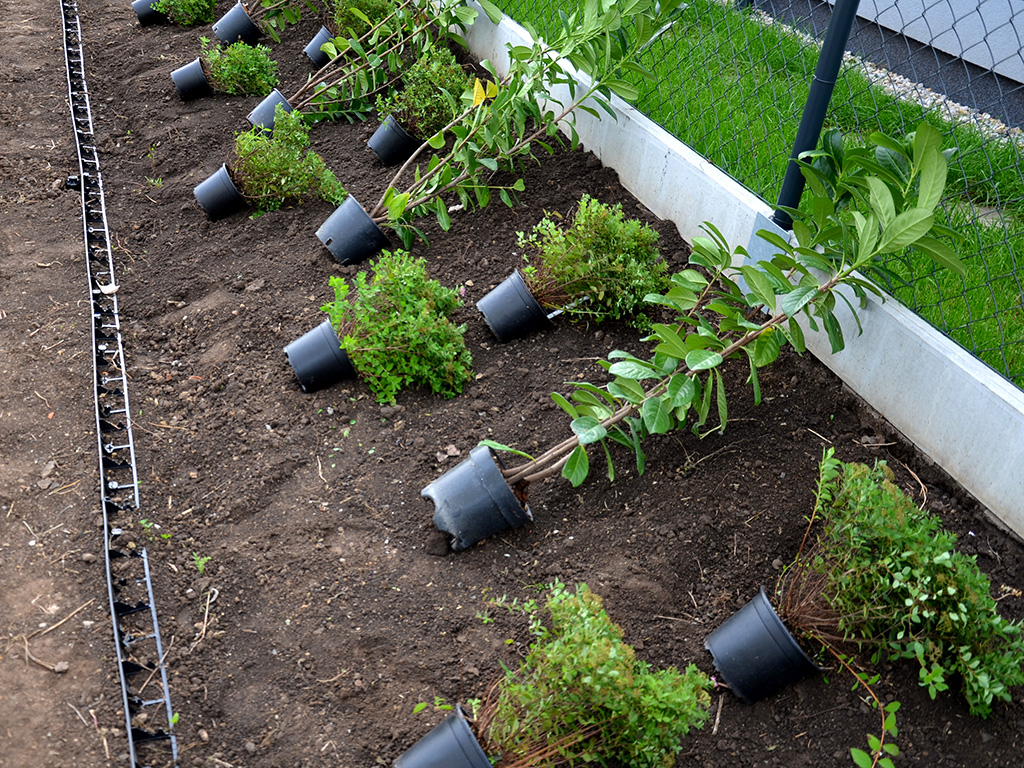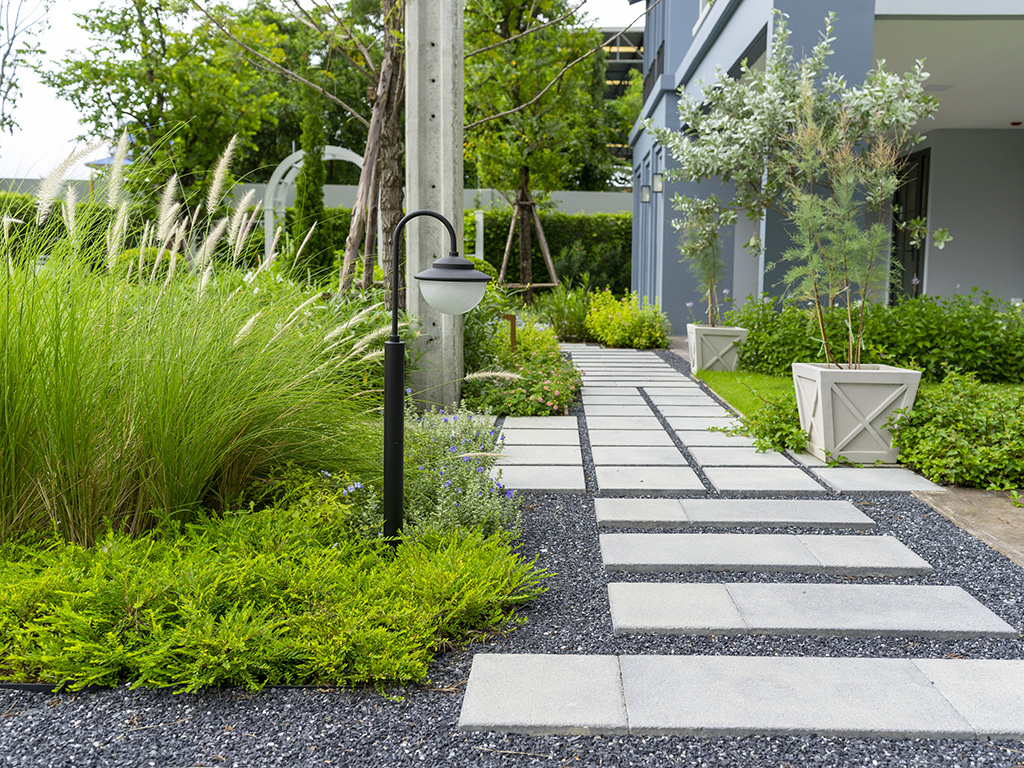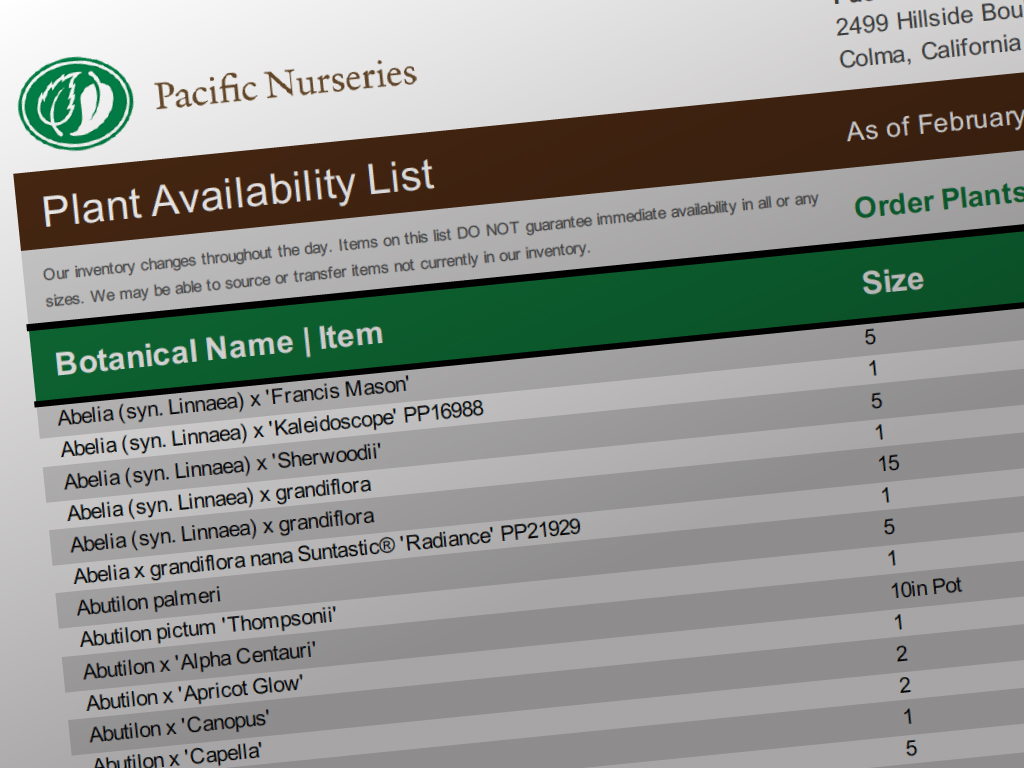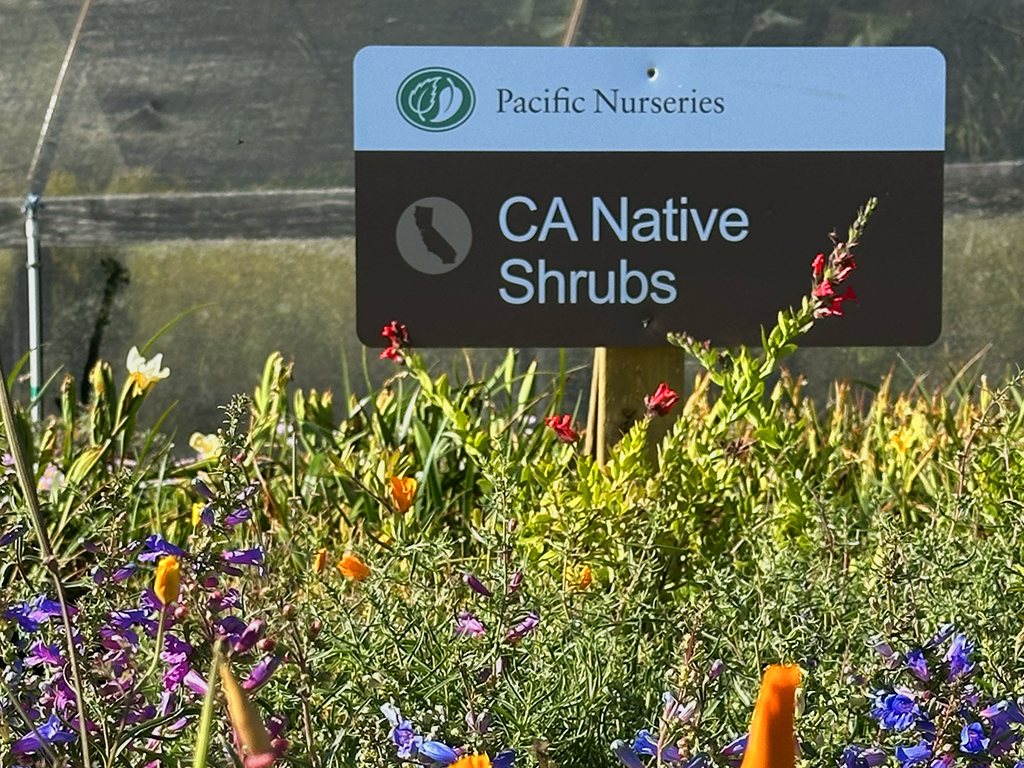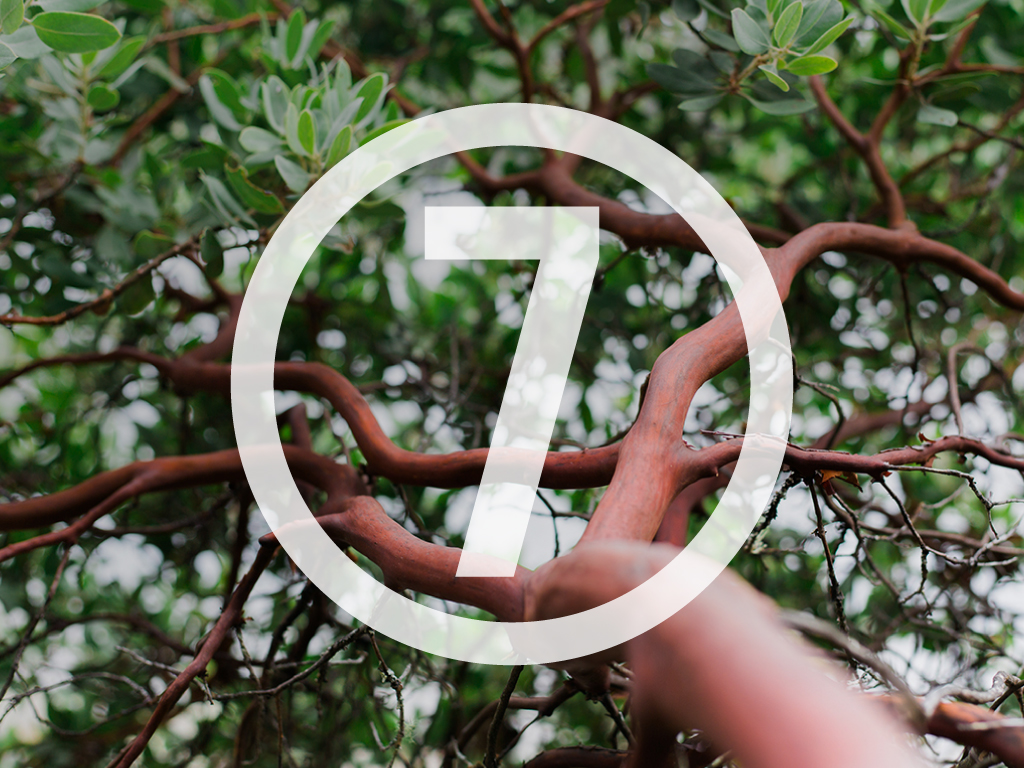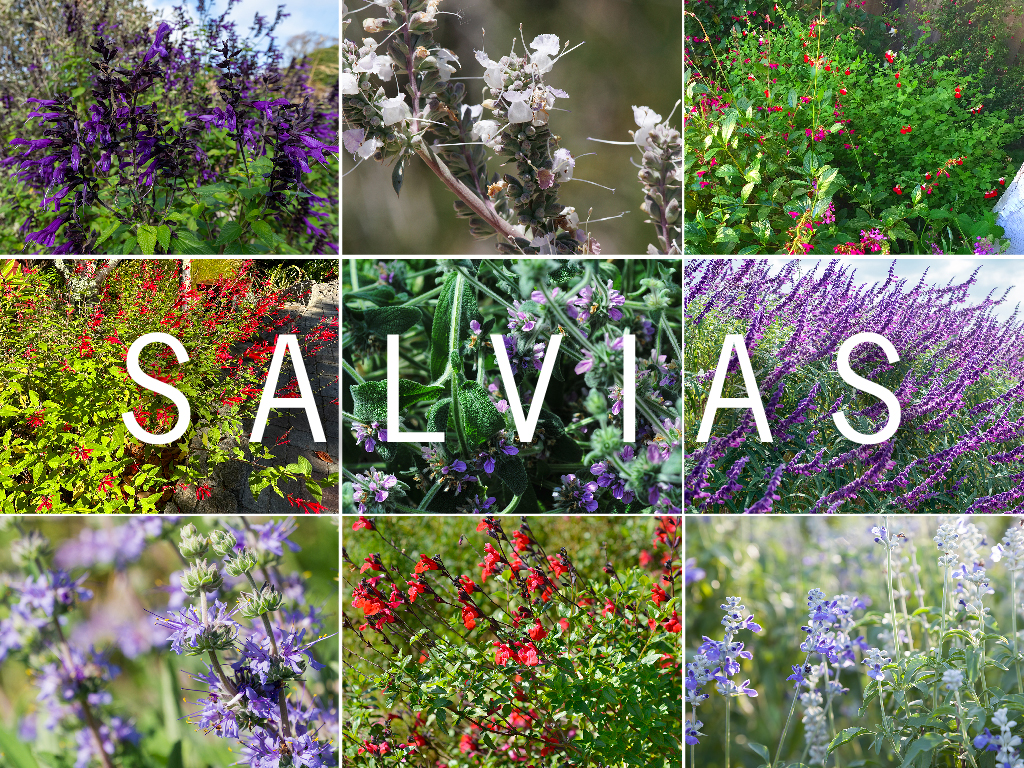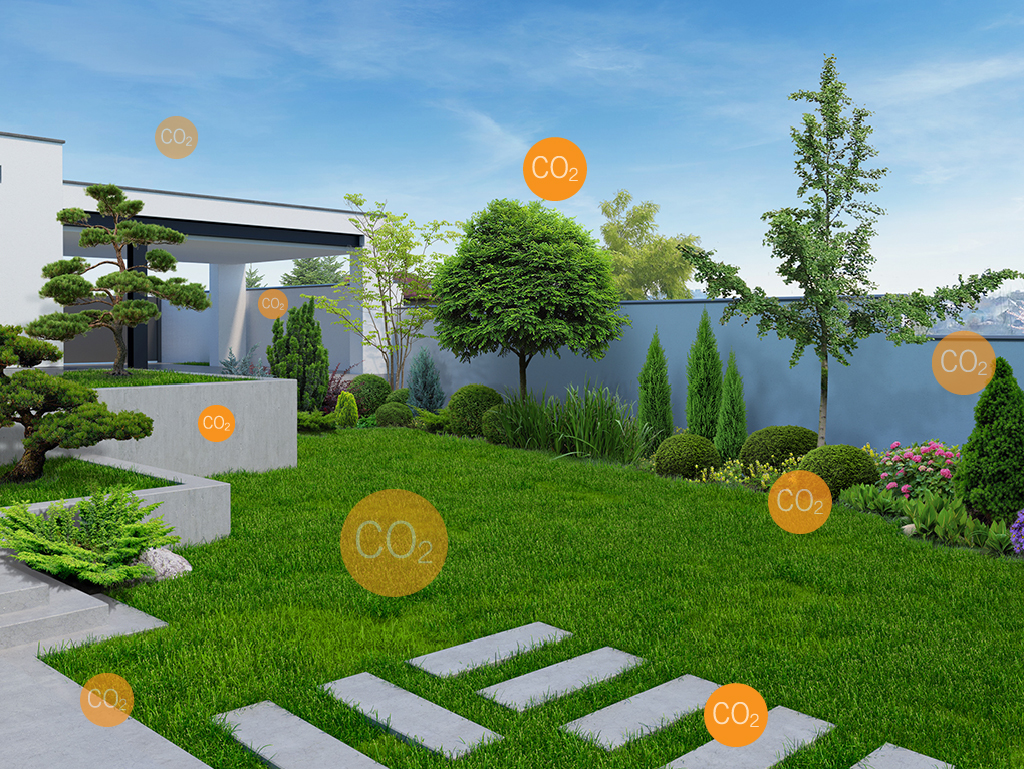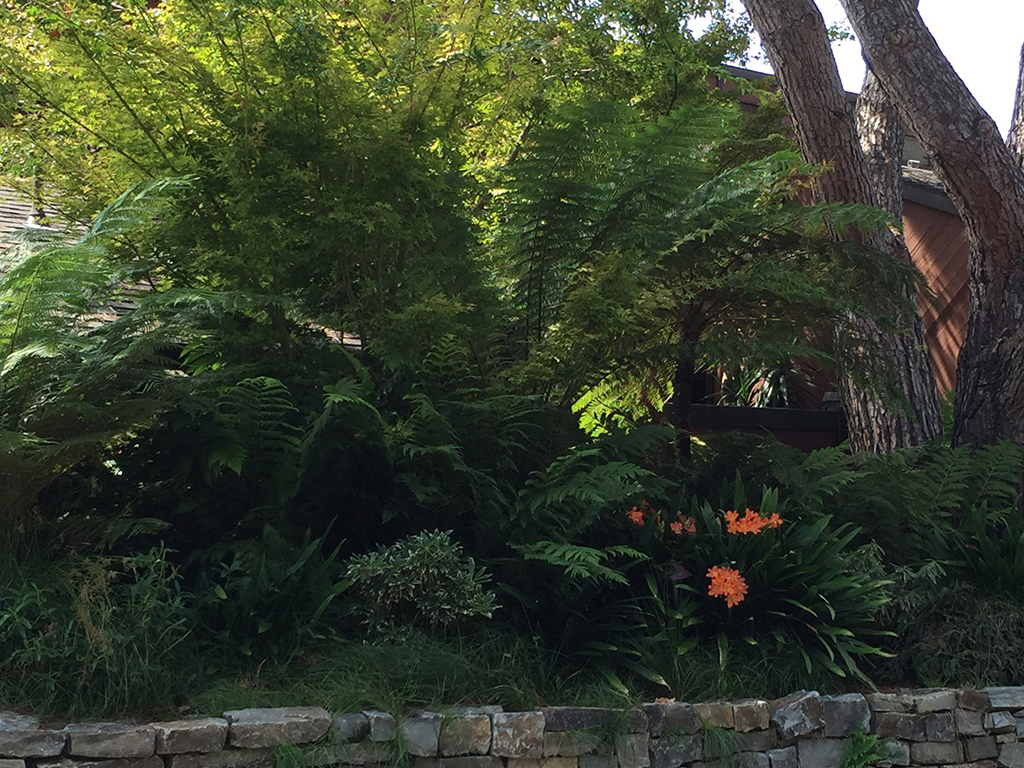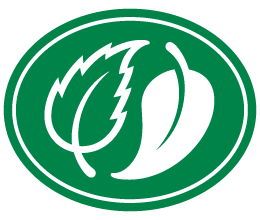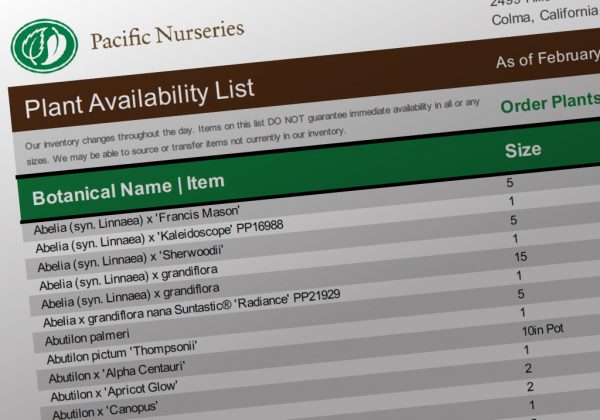As a Bay Area Landscape Professional, your customers turn to you for help and support to maintain a healthy and
beautiful landscape.
Today, with the rising impact of climate change, it’s also appropriate for you to provide them with guidance and recommendations on creating a fire-safe landscape. This often includes removing and replacing fire-prone plants.
Today, with the rising impact of climate change, it’s also appropriate for you to provide them with guidance and recommendations on creating a fire-safe landscape. This often includes removing and replacing fire-prone plants.
Why should Landscape Pros replace fire-prone plants?
Removing and replacing fire-prone plants offers many attractive and timely benefits to both you and your customer including:- Addresses changing climate impact
- Prepares for increasing fire risk
- Supports customer relationships
- Complies with updated local ordinances
- Enhances property values
- Fulfills insurance requirements
- Improves local ecology
Improving fire safety may no longer be optional
To reduce wildfire risk, many California municipalities throughout the Bay Area have implemented regulations for landscape management and fire-safe planting.Requirements for replacing fire-prone plants in these environments can depend on influencing factors such as local climate, fire history, and individual property risk assessment. State laws and guidelines also shape these regulations.
For Bay Area landscapes within the Wildland Urban Interface | WUI and Fire Hazard Severity Zones | FHSZ, local governments may require more aggressive landscape and vegetation management measures.
FHSZ uses field-tested models that assign a hazard score—moderate, high, and very high—based on the factors that influence fire likelihood and fire behavior on landscapes within a zip code region.
The result is more and more Bay Area municipalities are now requiring compliance with:
- Defensible Space Requirements
- Vegetation Management Inspections
- Use of listed Fire-Resistant Plants
- Community Wildfire Protection Plans
To determine the specific requirements for replacing fire-prone plants in your area, check with the local government or fire department.
Experts recognize the need for action
The California Native Plant Society supports building codes and ordinances that require structures and landscaping in high-fire-risk areas to be situated, constructed, retrofitted, and maintained using materials and practices that minimize the ignition and spread of wildfires.This includes replacing fire-prone plants with fire-resistant alternatives to reduce wildfire risk and protect your customers.
“Plants that minimize the ignition and spread of wildfires are essential today in Bay Area landscapes.”
California Native Plant Society | Fire Prevention
California Native Plant Society | Fire Prevention
Disaster prevention can be affordable
The upfront costs of replacing fire-prone plants can provide long-term benefits that lower water bills, sustain property value, and reduce wildfire impact.Consider implementing a gradual replacement plan over months, focusing on high-priority areas first to make it more affordable for your customer. This approach can spread out the financial investment and meet individual budget requirements.
The cost of gradually replacing fire-prone plants in a Bay Area landscape can depend on many factors including:
- Property size
- Plant selection
- Plant size
- Maintenance frequency
- Resource costs
BAMBOO
Tends to accumulate hi-volumes of fine, dead + combustible leaf litter
Tends to accumulate hi-volumes of fine, dead + combustible leaf litter
CORTADERIA spp.
Creates excessive build-up of dry leaves + combustible flowering stalks
Creates excessive build-up of dry leaves + combustible flowering stalks
CYTISUS scoparius
Creates dense, woody biomass high in oil + highly flammable
Creates dense, woody biomass high in oil + highly flammable
THUJA
Filled with volatile + explosively flammable terpenes
Filled with volatile + explosively flammable terpenes
EUCALYPTUS spp.
Sap expands through bark cracks in high heat and explodes—Bark-shedding + leaf loss create dense, oil-rich, flammable fuel at tree base
Sap expands through bark cracks in high heat and explodes—Bark-shedding + leaf loss create dense, oil-rich, flammable fuel at tree base
ACACIA spp.
Leaves contain high levels of flammable resin and oils
Leaves contain high levels of flammable resin and oils
Many popular plants—including those in the gallery above—are fire-prone replacement candidates | Pacific Nurseries
How to identify plants that should be replaced
If you’re unsure about which plants are hazardous in your customer’s landscape, survey what’s in place and determine if there are many plants with the following characteristics and attributes—especially within 10′ of structures.
Needle-leaf evergreens + blade-leaf grasses
Leaves + wood containing volatile waxes, fats, terpenes, or oils
Stiff, woody, small, fine, or lacey leaves
Gummy, resinous + strong sap odor
Plentiful fine, twiggy + dry dead material
Pubescent hair-covered leaves
Loose or papery bark
“When selecting plants to replace fire-prone species already in place, apply an ignition-resistant framework to the decision-making process.”
Fire Safe Marin | Wildfire Prevention
Fire Safe Marin | Wildfire Prevention
For a helpful reference list of many popular plants that are replacement candidates for the Bay Area, just click the + icon or title below.
It’s important to recognize that every plant in this list does not reflect every individual site’s condition, slope, aspect, moisture, or soil quality. All of which can influence a plant’s response to fire.
It’s important to recognize that every plant in this list does not reflect every individual site’s condition, slope, aspect, moisture, or soil quality. All of which can influence a plant’s response to fire.
Fire-Hazardous Plants to remove + replace
| Botanical Name | Common Name |
|---|---|
| Abies spp. | Fir |
| Acacia spp. | Acacia |
| Adenostoma fasciculatum Chamise | Greasewood |
| Arctostaphylos spp. | Manzanita |
| Artemisia californica | Coastal Sagebrush |
| Baccharis spp. | Coyote Brush |
| Bamboo | Bamboo |
| Cedrus spp. | Cedars |
| Chamaecyparis spp. | False Cypress |
| Chrysolepis chrysophylla | Giant Chinquapin |
| Cortaderia jubata | Jubata Grass |
| Cortaderia selloana | Pampas Grass |
| Cupressus spp. | Cypress |
| Cytisus scoparius | Scotch Broom |
| Erigonum fasciculatum | California Buckwheat |
| Eucalyptus spp. | Eucalyptus |
| Genista monspessulana | French Broom |
| Juniperus spp. | Junipers |
| Larix spp. | Larch |
| Notholithocarpus densiflorus | Tan Oak, Tanbark Oak |
| Palms | Palm |
| Pennisetum spp. | Fountain Grass |
| Picea spp. | Spruces |
| Pickeringia montana | Chaparral Pea |
| Pinus spp | Pines |
| Pseudotsuga menziesii | Douglas-Fir |
| Quercus spp. | Scrub Oak |
| Rosmarinus officinalis | Rosemary |
| Salvia mellifera | Black Sage |
| Spartium junceum | Spanish Broom |
| Taxus spp. | Yew |
| Thuja spp. | Arborvitae |
| Tsuga spp. | Hemlock |
| Ulex europea | Gorse |
| Umbellularia californica | California Bay |
| Vaccinium ovatum | Evergreen Huckleberry |
What should you replace fire-prone plants with?
Consider replacing dangerous fire-prone plants with alternatives that have these characteristics and attributes.
Supple, moist + easily crushed leaves
Water-like sap + minimal odor
Leaf foliage—not needles
Broad-leaf, deciduous Trees
Clean, non-bushy Trees with minimal deadwood
Low-growing Shrubs—2′ or less—with minimal dead material
Low surface-area-to-volume ratios
California Native plants are often more fire-safe solutions as they have evolved with the local ecosystem and are better adapted to survive in wildfires.
However, they must also be maintained to improve ignition resistance. This includes keeping them free of dead material and providing adequate irrigation for exposure and local soil conditions.
With help from FIRE SAFE MARIN, you can download a helpful guide that identifies many attractive replacement recommendations for less flammable landscapes. Just click the button below.
While this list is not comprehensive, it can help you identify many alternatives that can be appropriate for your customers.
However, they must also be maintained to improve ignition resistance. This includes keeping them free of dead material and providing adequate irrigation for exposure and local soil conditions.
With help from FIRE SAFE MARIN, you can download a helpful guide that identifies many attractive replacement recommendations for less flammable landscapes. Just click the button below.
While this list is not comprehensive, it can help you identify many alternatives that can be appropriate for your customers.
Improving fire resistance in your customer’s landscape requires addressing other important factors including:
Firebreak Planning
Create defensible space around structures by implementing and planting fire-resistant vegetation buffers. The design, location, and frequency of these non-combustible areas can be more important than individual plant selection.
Create defensible space around structures by implementing and planting fire-resistant vegetation buffers. The design, location, and frequency of these non-combustible areas can be more important than individual plant selection.
Non-Combustible Mulch + Hardscape
Use non-combustible mulch, gravel, stone, concrete, or other hardscape material in your plan and between planted areas. These areas minimize ignition sources and reduce the opportunity for fire to advance throughout an area.
Use non-combustible mulch, gravel, stone, concrete, or other hardscape material in your plan and between planted areas. These areas minimize ignition sources and reduce the opportunity for fire to advance throughout an area.
Plant Spacing
Integrate generous spacing between plants to reduce fuel concentration and limit fire spread.
Integrate generous spacing between plants to reduce fuel concentration and limit fire spread.
Adequate Irrigation
Plants + trees need adequate water to survive and thrive. However, once established, many CA native plants need minimal irrigation beyond normal rainfall. With appropriate water to support plant health and growth, you can prevent dead material build-up and reduce fire risk.
Plants + trees need adequate water to survive and thrive. However, once established, many CA native plants need minimal irrigation beyond normal rainfall. With appropriate water to support plant health and growth, you can prevent dead material build-up and reduce fire risk.
Consistent Maintenance
Regularly prune and maintain vegetation by removing dead or dry plant material. By limbing-up and removing ladder fuels beneath trees and shrubs, you can also reduce ignition sources.
Regularly prune and maintain vegetation by removing dead or dry plant material. By limbing-up and removing ladder fuels beneath trees and shrubs, you can also reduce ignition sources.
By following many of the best practices outlined above, you will be helping your customer reduce the effects of a disaster if wildfire strikes the Bay Area. They may also be thankful for your guidance in helping them prepare for the inevitable effects of climate change.
Ready to replace fire-prone plants for your customers?
For over 155 years, we have helped Bay Area Landscape Pros maintain and sustain fire-safe landscapes for their customers by having a large, available inventory of replacement plants + trees in just the right sizes. If you want to learn more about selecting fire-safe plants for your project, contact any of our Customer Service experts by clicking on the PHONE icon below their name to call. Or click on the ENVELOPE icon below their name to send an email directly to them. If that’s all too complicated, just reach out at 650.755.2330.
You can also check out our Plant Availability List. This comprehensive list is updated weekly and it will tell you plant sizes, quantities, and details about what’s available for sale right now at our Colma location.
And if you don’t see the fire-safe plants or trees that you want are not on our list, we’ll do all that we can to get you all the plants that you want, when you need them.
As both a grower and a plant broker, we’re ready to work with you to provide just the right fire-safe plants and trees that will make your project a success with your clients—including California-native plants.
We can also provide an Estimate for one item or for an entire installation. Just attach your Microsoft Excel .xlsx plant list to our ONLINE ESTIMATE | ORDER FORM.
As Chief Executive Officer of Pacific Nurseries, Will Baldocchi focuses on operations management, sales, and how to improve the customer experience at Pacific Nurseries. He also continues a proud family tradition of helping Bay Area Landscape Professionals succeed with high-quality landscape material and great service. Email Will or give him a call at 650.755.2330.

